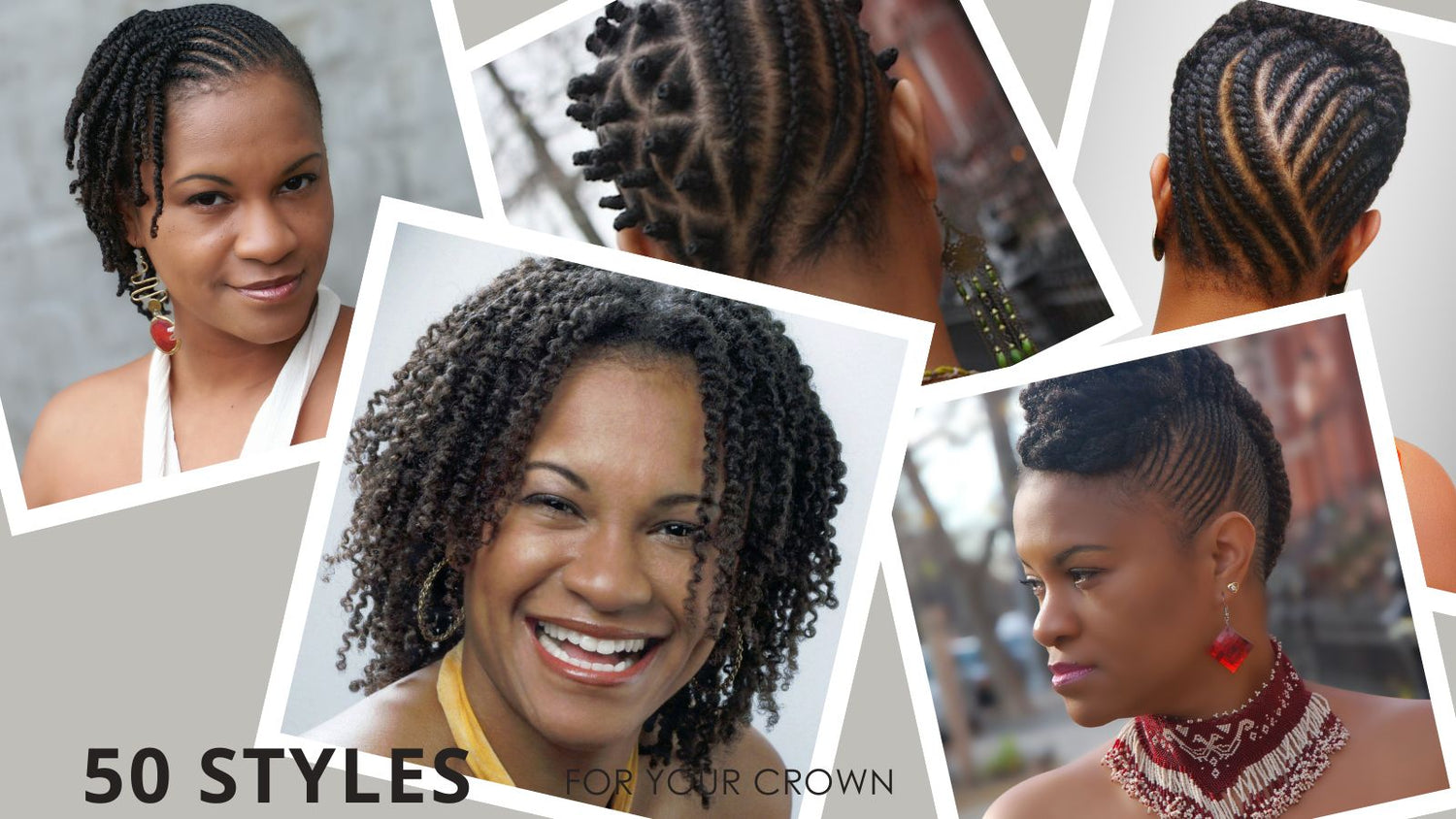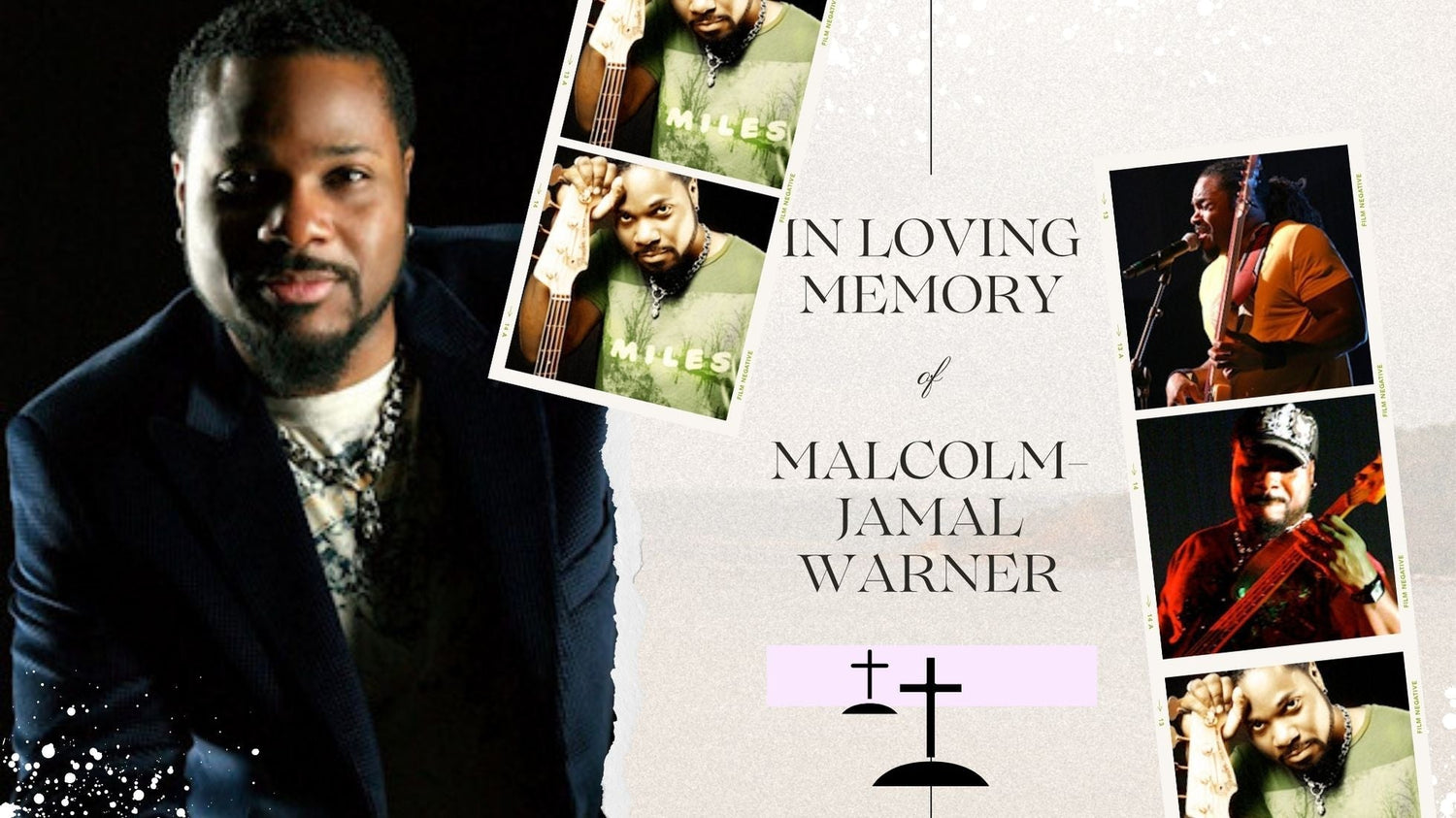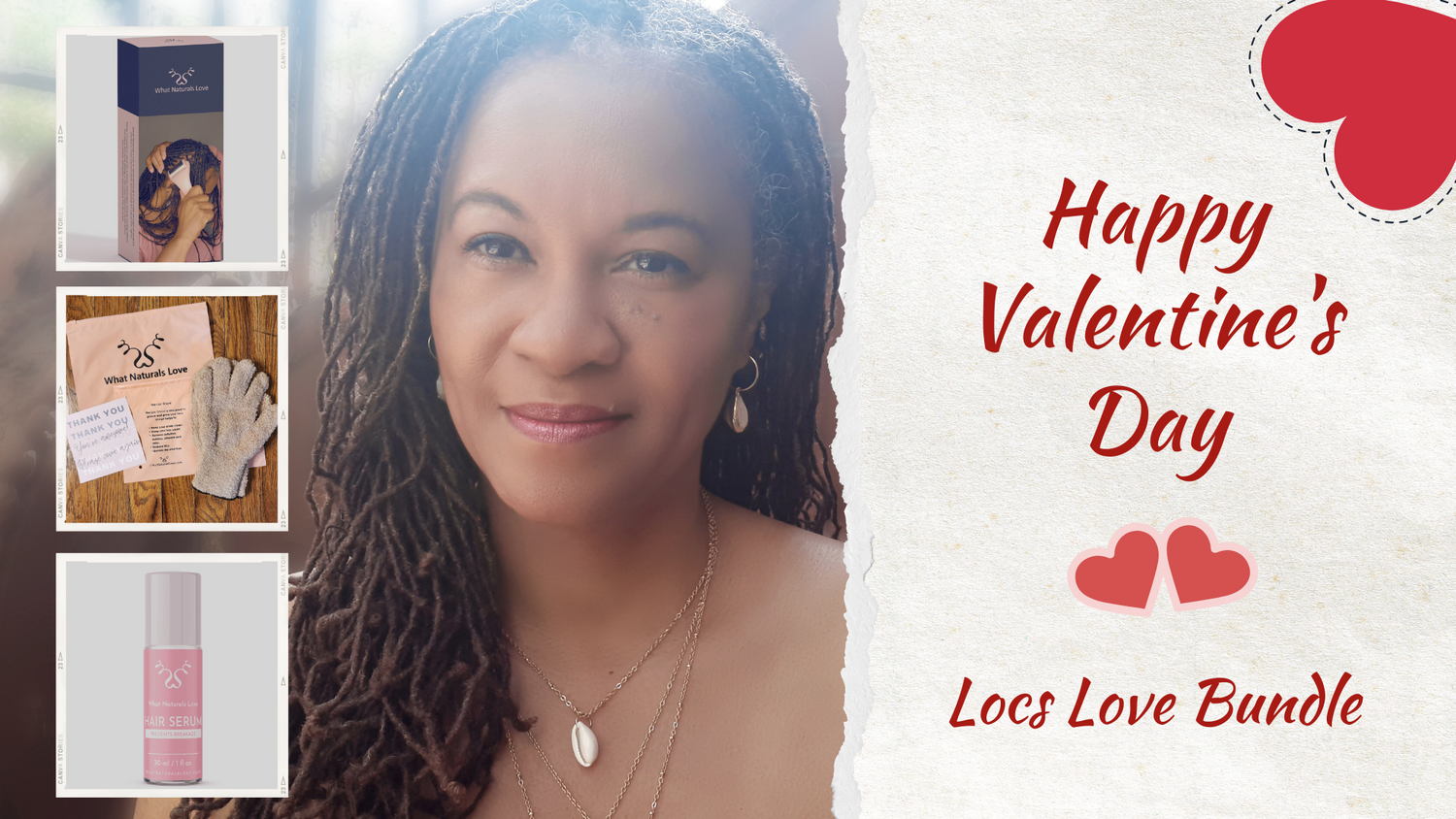BAD Hair Uprooted at Keti Koti: Celebrating Hair, Commemorating History, Expanding Awareness
In a packed room in Amsterdam South-East, I had the honor of presenting my documentary BAD Hair Uprooted: The Untold History of Black Follicles last Sunday. Surrounded by beautiful hairstyles, conscious women, and familiar faces, it became a heartfelt gathering—with an interactive presentation and interesting conversations.
Coming home with BAD Hair Uprooted
After 22 years of living life in America, presenting in my home country felt a bit surreal, but no less special. One thing I noticed: outside of our natural hair community, the issue of unequal hair rights doesn't seem to resonate as deeply here. Still, my documentary, filmed in New York, was warmly received—and for that, I was truly grateful.
If you'd like to watch it and support this journey, take a look at BAD Hair Uprooted, the Documentary.
What Nappy Hair and Kroeshaar have in common
Just like the term nappy hair can be an issue 'kroeshaar' the word can also be an issue in Suriname. The first time I realized that “kroeshaar” (which means tightly coiled hair) could be controversial was back in 2003 when writer Clark Accord mentioned it in a column shortly after my first book came out. He called it a reclaimed word, a “geuzennaam,” like a badge of honor.
The discussion came up again during my presentation—just like it has on Facebook over the past few weeks. Milouska Meulens, a long-time natural, presenter, and writer, asked me: “Why do you use the word kroeshaar?”
Milouska explained that on Curaçao, the word still carries a negative meaning. People avoid using it. But Sandy Weeks, my very first kroeshaar model who is also from Curaçao, had a different perspective. Like me, she’s never had an issue with the word.
And for me, the answer is simple: I honestly don’t know another word that describes my hair type so clearly. I’ve never felt anything negative when hearing it.
My Afro from 50 Hairstyles fror your Natural Crown; Preorder now for only $9.99. The book will be available in November for $14.99.
My experience with kroeshaar
For me, kroeshaar was just my hair type—the hair of Creoles, people of African descent, distinct from any other texture. Whether you love it or not, no one will ever be able to insult me by calling it kroeshaar. It’s what I was born with. More than accepting it, I’ve always loved my kroeshaar—despite the stereotypes. That love has brought me closer to my roots.
What I truly appreciate is that we can now have these conversations with respect for each other’s lived experiences. Slavery caused deep harm over 300 years. You can’t unpack that pain in one discussion. That’s why we must keep the dialogue going.
Dreadlocks or Locs?
The debate over the term "dreadlocks" is also happening in the Netherlands. As far as I remember, it started around 2002 with the phrase, “There is nothing dreadful about my locs”, on the Nappturality.com forum.
I’ve got my own strong opinion about this—and an ongoing debate with my friend Solwazie, who sees it differently. You can read all about it on the blog where I lay it all out. Please check it out and share your thoughts. Here is the link: Locs vs. Dreadlocks: An Intense Debate About the Origin & Meaning

We had a Magic Headwrap demonstration and competition. Photo by Pauline Niks
Familiar faces & heartwarming moments
The conversations were good, but what touched me most was seeing familiar faces who told me they’ve been following my work since the beginning. Honestly, there’s no greater compliment. It was truly heartwarming.
Hearing that Kroeshaar.com and my documentary are bringing people together—that’s what this work is all about. And when Milouska shared that my book and the tips on Kroeshaar.com helped her learn how to care for her hair? That meant the world to me.
The Magic Headwrap moment
After the break, the Magic Headwrap demo was a huge hit. Moreen Dors and Danitsha each showed their own way of wrapping the cloth, giving the audience two different styles.
Excited by what they saw, two people from the audience came up to try it themselves. One of them had never wrapped a headscarf before, but they both did so well that the room erupted in spontaneous applause.
Photo by Pauline Niks
BAD Hair Uprooted made the National Newspaper de Volkskrant
Journalist Marjolein van de Water from the Volkskrant, a national newspaper in the Netherlands, captured the essence of the event pretty well:
“On the eve of Keti Koti, kroeshaar is celebrated: ‘Natural hair is a human right.’
More than a century and a half after slavery was abolished in Suriname, the hair of many Black women is still not free. ‘The shame around kroeshaar has been passed down from generation to generation.’”
Thank you & a call to action
To everyone who showed up: thank you. For your presence, your energy, your feedback, and your trust. Together, we’re not just telling stories—we’re creating awareness, building recognition, and ultimately fighting for equal hair rights.
If you like this blog and you would like to see me taking pictures, working on my documentary and traveling Africa, follow me on my WhatsApp Channel Locs & Stuff.
Please consider downloading BAD Hair Uprooted, the Untold History of Black Follicles. and become part of the movement for equal hair rights.







